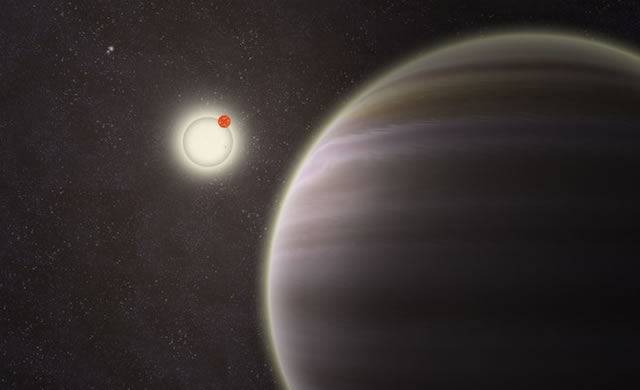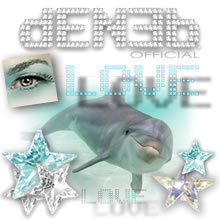
E’ stato scoperto un nuovo pianeta in orbita all’interno di un sistema con quattro stelle!
Il pianeta orbita un sistema binario che a sua volta orbita intorno ad una seconda coppia di stelle! Questo è il primo sistema planetario simile mai osservato ed è forse uno dei più complessi mai scoperti. La grande scoperta è merito di un gruppo di “scienziati cittadini” cioè persone di tutto il pianeta che tramite internet hanno sfogliato a mano i dati sulla luce delle stelle, per dare la caccia a segnali di possibili pianeti. Il programma si chiama Planet Hunters ed è aperto a tutti, sotto la guida di un gruppo di astronomi professionali. Meg Schwamb, astronomo della Yale University, spiega che questo potrebbe essere un tipo di sistema planetario estremamente raro. Per adesso conosciamo soltanto 6 pianeti che orbitano più di una stella, e nessuna di queste è mai stata scoperta in orbita intorno ad altre coppie stellari. Gli astronomi stanno chiamando il nuovo mondo “pianeta circumbinario”.
Fonte/Leggi tutto → www.link2universe.net
A group of volunteers using a citizen science astronomy website have discovered an extrasolar planet orbiting a record four stars.
Scarcely a year ago, astronomers weren’t sure if planets could exist in binary star systems, where two stars orbit one another. But after the discovery of a circumbinary exoplanet — which would have two suns in its sky, much like the famous Tatooine of Star Wars — scientists realized that such worlds were possible and have found at least five more similar systems. ***About half of stars in the universe are found in binary pairs and if they can host planets then the chances for life outside our own world may be greatly increased. The newly discovered exoplanet orbits within a quadruple star system named KIC 4862625 that is about 3,200 light-years from Earth. Citizen scientists Kian Jek of San Francisco and Robert Gagliano of Cottonwood, Arizona used the website Planethunters.org to scan data from these stars captured by NASA’s Kepler space telescope and noticed a periodic dip in their light.
Source/Continue reading → www.wired.com/wiredscience
::
*** L’ultima frase in grassetto rivela una interessante considerazione: “Circa la metà delle stelle nell’universo si trova in coppie cosiddette “binarie” e se possono ospitare pianeti allora le possibilità di vita al di fuori del nostro mondo può essere notevolmente aumentata.”






















Pingback: Secondo caso scoperto: Un Pianeta, Quattro Stelle – Second known case: One Planet, Four Stars | DENEB Official ©
Pingback: Pianeti orbitanti Stelle Binarie come Tatooine di Guerre Stellari potrebbero ospitare la Vita – Tatooine-Like Alien Planets Could Host Life | DENEB Official ©
Pingback: Vita Extraterrestre potrebbe comunemente trovarsi intorno a stelle binarie – Extraterrestrial Life May be Common Around Binary Stars | DENEB Official ©